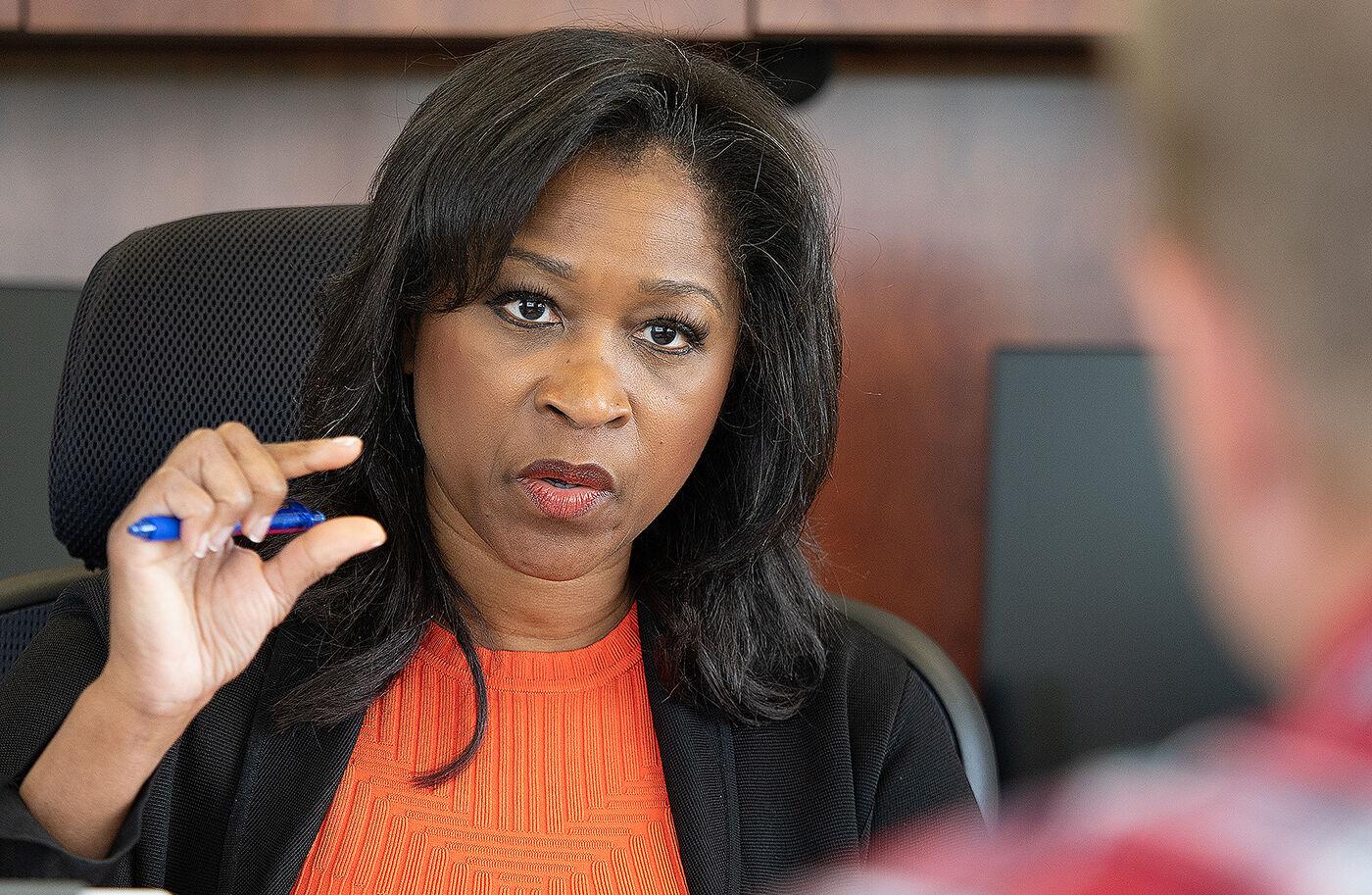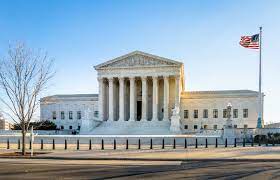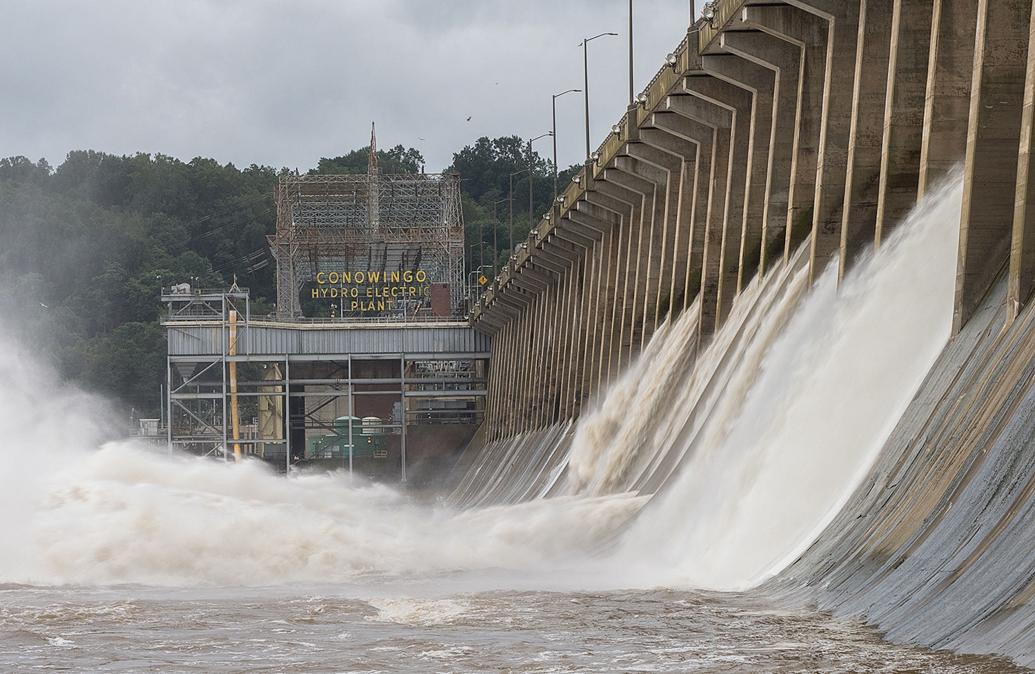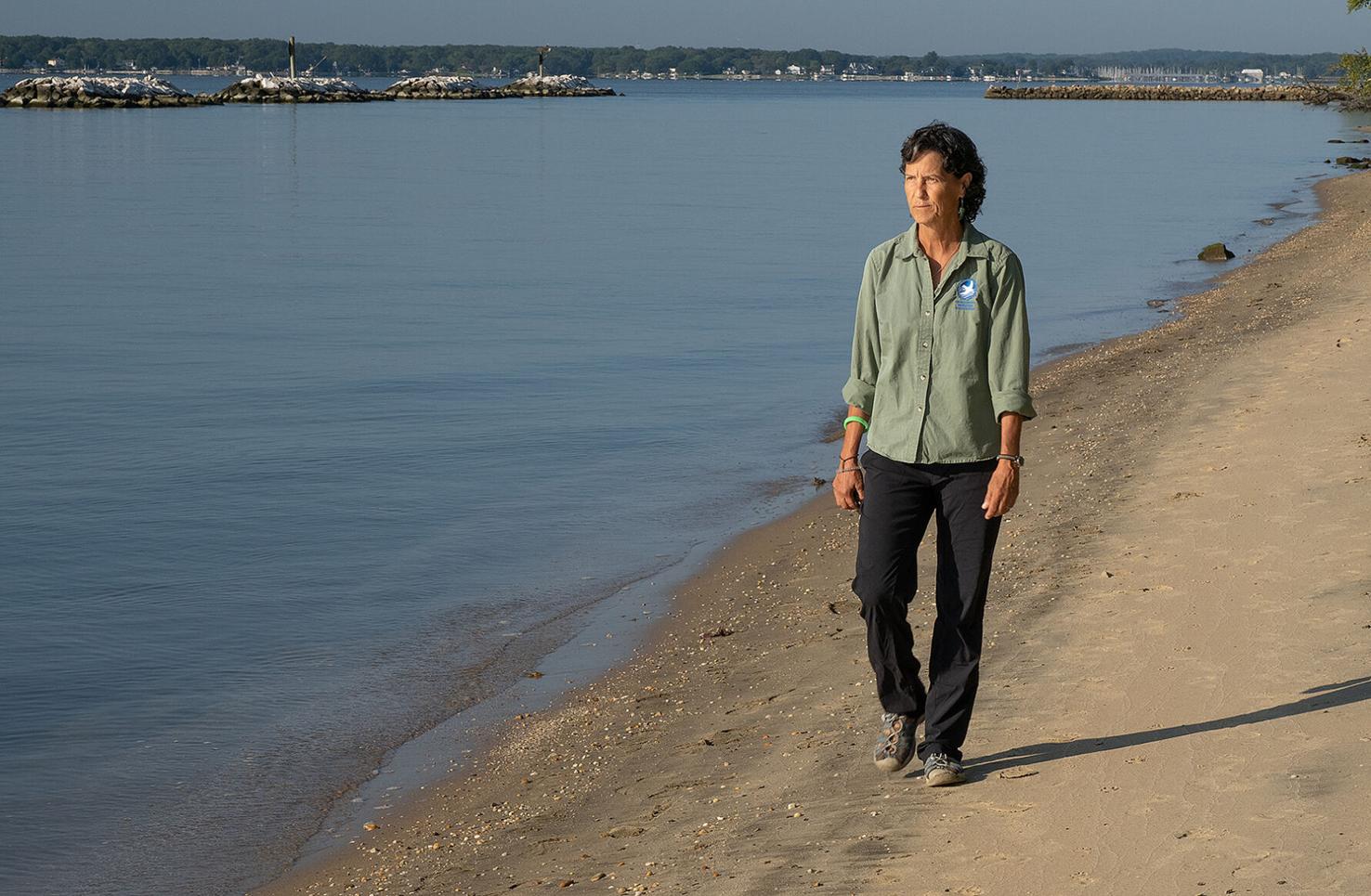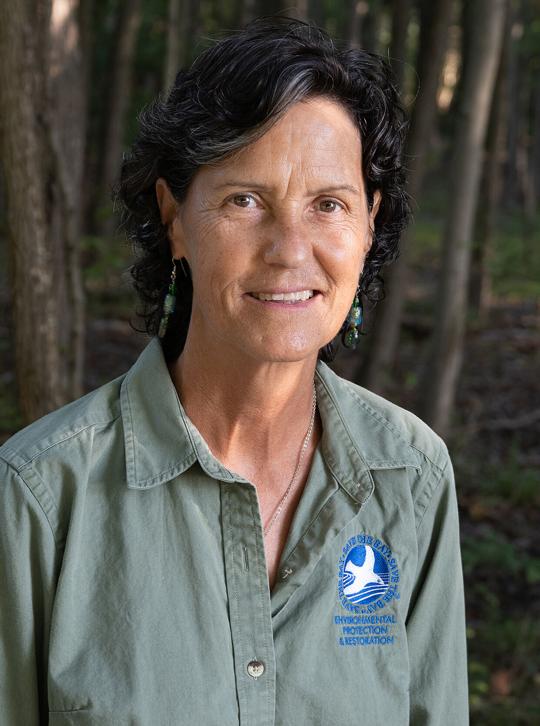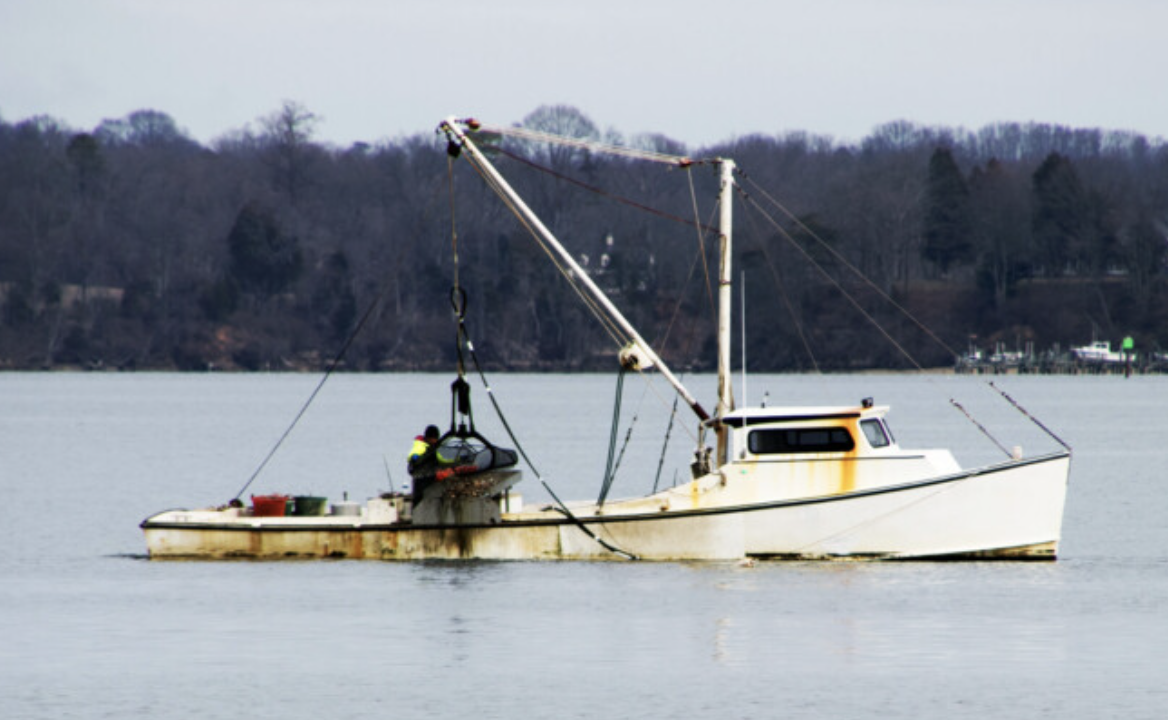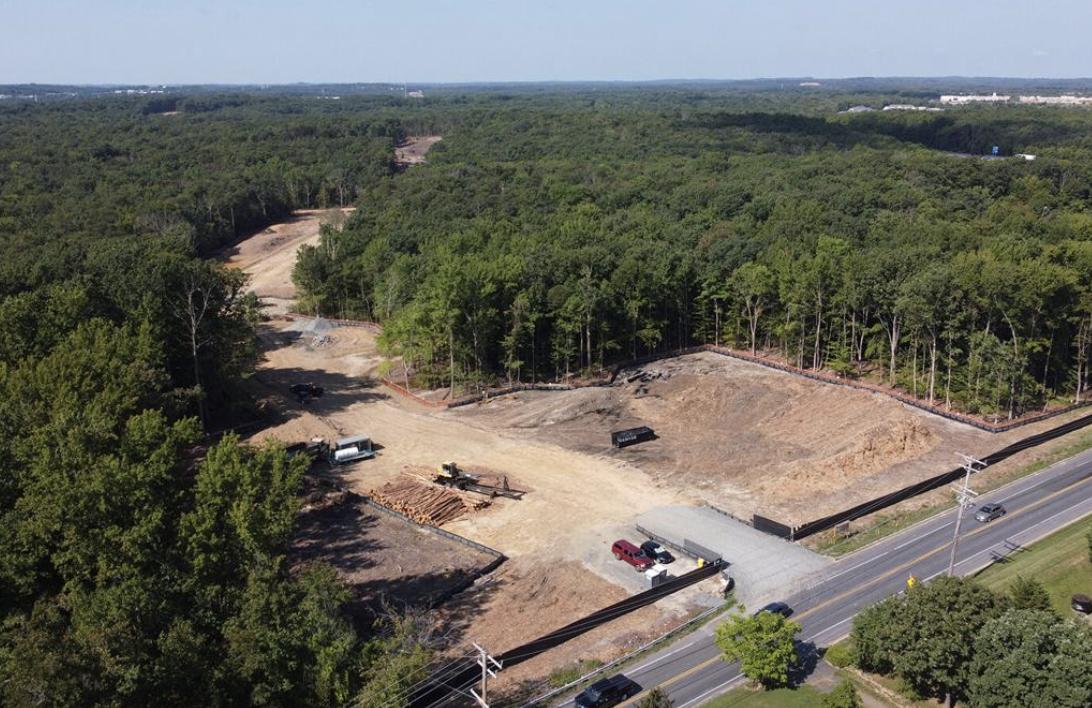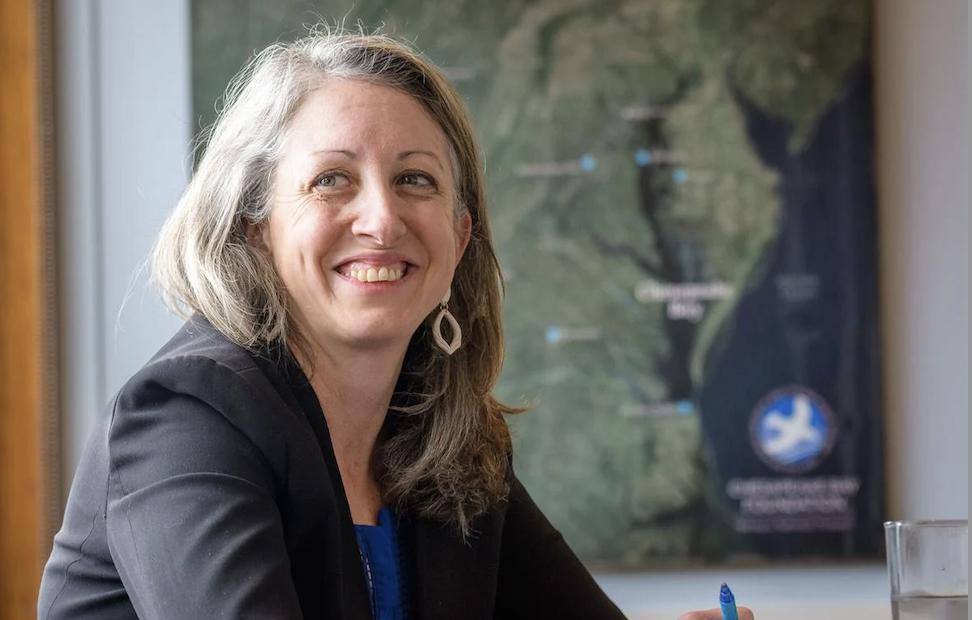The Chesapeake Bay region has permanently protected about 1.64 million acres of land since 2010, putting it roughly on pace to meet its goal of preserving 2 million acres by 2025, according to figures from the Chesapeake Bay Program.
That brings the total amount of protected land in the Bay watershed through 2022 to 9.1 million acres, or about 22% of its 41-million-acre total.
Conserving land is considered one of the best ways to protect water quality and natural habitats from the continued pressure of population growth, and it has been a major objective of the state-federal Bay Program for decades.
The bulk of the protected lands are state and national forests, parks and wildlife areas, but they also include privately owned farms or forests with conservation easements, historically important lands such as battlefields or colonial sites, and local parks.
“Land conservation plays a crucial role in preserving the environmental integrity of the Chesapeake watershed,” said Aurelia Gracia, an outdoor recreation planner with the National Park Service who coordinates the Bay Program’s Protected Lands Workgroup. “By protecting these landscapes, we can ensure that the region’s cultural and natural resources remain preserved, and that habitats for countless species, including aquatic ecosystems, are maintained.”
Achieving the 2025 conservation goal met unexpected headwinds when improvements to federal land data removed more than 300,000 acres from the region’s protected land total. Those acres did not have long-term conservation protections and included water areas such as lakes and reservoirs.
Still, the amount of protected land has increased 19% since 2020, though the region will need to protect about 130,000 additional acres a year through the end of 2025 to meet its goal. Officials say they expect to achieve that goal by continuing the pace of land protection taking place since 2010.
The 2-million-acre goal was established in the 2014 Chesapeake Bay Watershed Agreement, approved by the Chesapeake Executive Council. The council which includes the administrator of the U.S. Environmental Protection Agency; the governors of Maryland, Virginia, Pennsylvania, Delaware, West Virginia and New York; the mayor of the District of Columbia and the chair of the Chesapeake Bay Commission, which represents state legislatures.
While the region is generally on track to meet the 2025 land conservation goal, it needs to dramatically accelerate efforts to meet a subsequent goal, established by the executive council in 2021, to protect 30% of the watershed by 2030, said Joel Dunn, president of the nonprofit Chesapeake Conservancy.
“The world’s leading scientists are calling for dramatic increases to conserve 30% of the Earth’s lands and waters by 2030, which President Biden responded to with an executive order for the United States,” Dunn said. “To achieve that goal here in the Chesapeake, we will need to increase the annual rate of conservation by 350%. It’s a massive, but achievable undertaking and one that is paramount to the future sustainability of our watershed.”
Pennsylvania has the most acreage of protected land in the Bay watershed, with 3.6 million acres. It is followed by Virginia with 2.9 million acres; Maryland with 1.7 million acres, West Virginia with about 440,000 acres, New York with about 332,000 acres, Delaware with about 126,000 acres and the District of Columbia with 8,700 acres.





